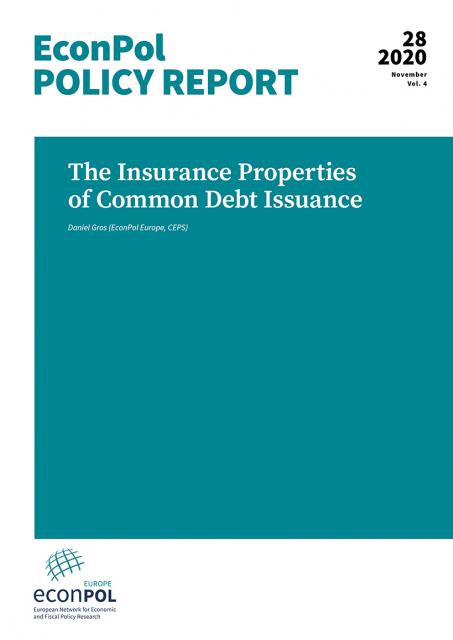The Insurance Properties of Common Debt Issuance
The cost of public debt increases more than proportionally with the debt/GDP ratio. This convexity has one immediate implication in the presence of uncertainty about growth: the average social cost of public debt is higher than the contractual debt service cost embedded in the interest rate. In this EconPol policy report, Daniel Gros explains how Common European debt, which is financed by a pro-rata levy on the output of member states, provides an insurance function because countries which grow less have to contribute less (and vice versa). This insurance function becomes more important the longer the horizon and thus the uncertainty about (relative) economic performance.
In a federation of sovereign states, common debt can provide insurance against idiosyncratic shocks even without any intended, ex ante transfers. This insurance property arises automatically when the common debt service is financed by a levy on members that is proportional to national income. This is the case in the EU. It implies that if the economy of a member state is hit by a negative shock, i.e., if it grows less than the Union average, its contribution to the service of the common debt is correspondingly reduced. By contrast, the service of national debt, which is typically fixed in nominal terms, becomes more difficult in the case of a negative idiosyncratic shock. Ceteris paribus, common debt issuance is thus akin to linking debt service to GDP growth. Uncertainty about growth increases with the time horizon. The insurance property of common debt thus increases with its maturity.
Daniel Gros: "The Insurance Properties of Common Debt Issuance", EconPol Policy Report 28, November 2020
